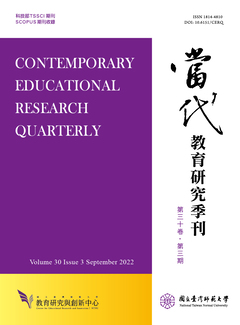

In addition to formal rules that publicly maintain organizational operations on a daily basis, in fact, there exist other kinds of “hidden rules” in organizations that privately dominate members’ interactions. The so-called “hidden rules” are the behaviors and regulations that are obeyed, tacitly recognized, done without saying by members, and concealed under formal rules. Within the organizational context of educational administration, if the informal organization is considered as critical as the formal organization, and both equivalently draw leaders’ major attention, then the hidden rules, to a great degree, are tantamount to the formal rules, and both have a major impact on organizational development and effectiveness. Given that the current theoretical discourse for “hidden rules” is not yet fully developed, this paper therefore begins with discussing the corresponding theories of hidden rules, and then constructs a comprehensive conceptual model of hidden rules accordingly. As a result, the four theories of complexity, transaction cost, faction, and social exchange are incorporated into the theoretical foundation of hidden rules. Meanwhile, the five dimensions of cause, type, relationships with formal rules, operational patterns, and influences are included to build the conceptual model of hidden rules. This paper concludes by proposing theories related to hidden rules, as well as practical implications of hidden rules on educational administration.

This work is licensed under a Creative Commons Attribution-NonCommercial 3.0 Taiwan License.
Center for Educational Research and Innovation, National Tawain Normal University
162, Ho-Ping East Rd, Sec. 1, Taipei, Taiwan | Tel:+886-2-7749-3670 | E-mail: cerecerq@gmail.com
CERI | NTNU | E-mail Alerts | Open Journal System
© 2014 CERI-NTNU
